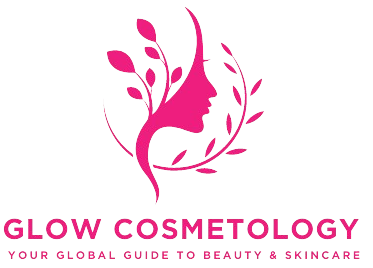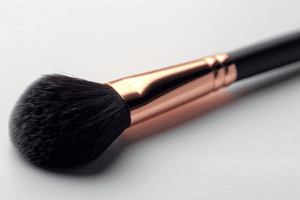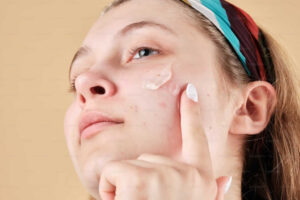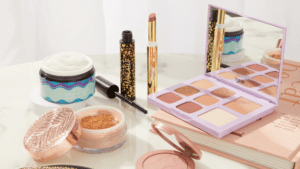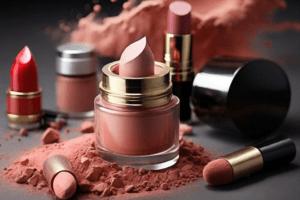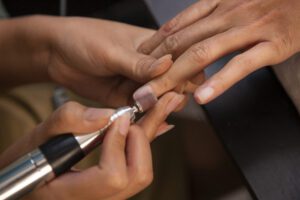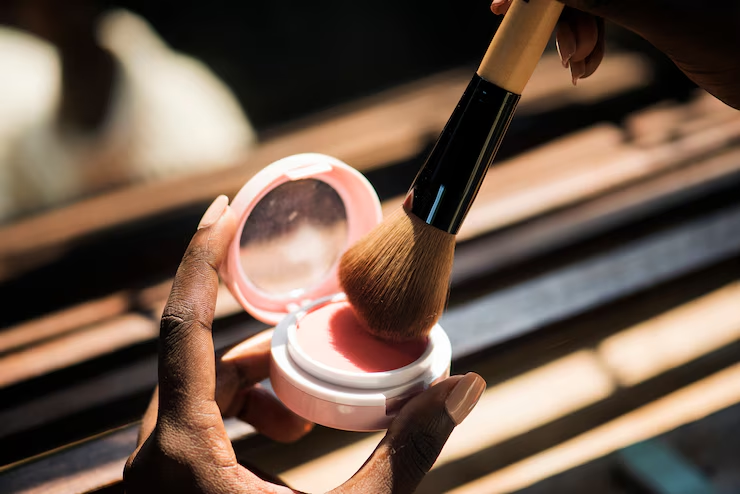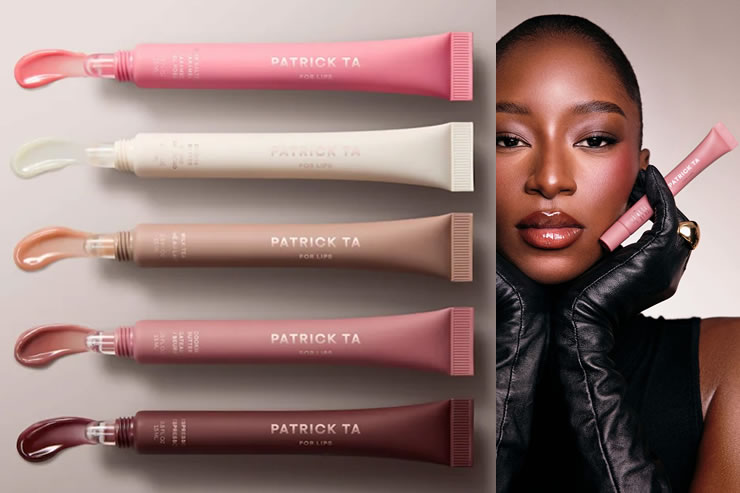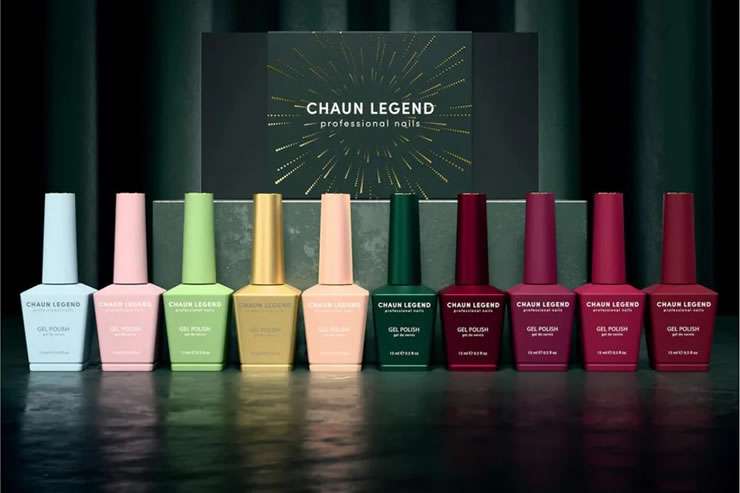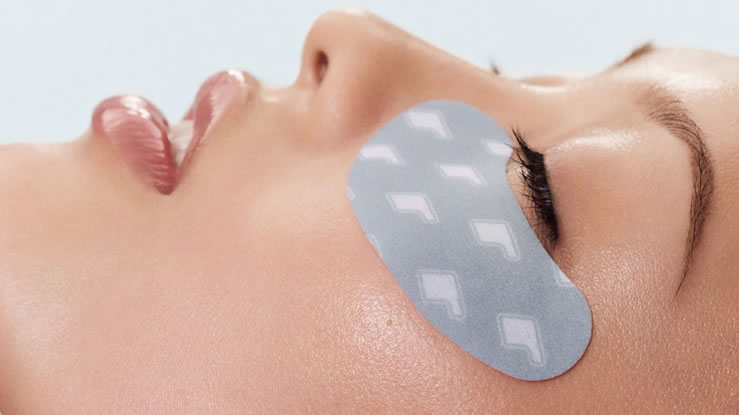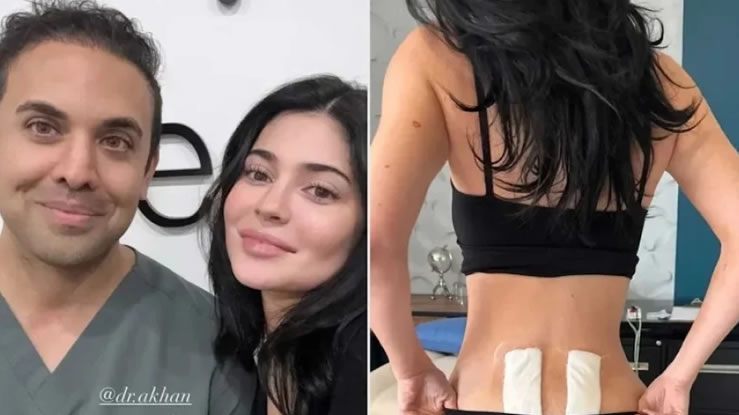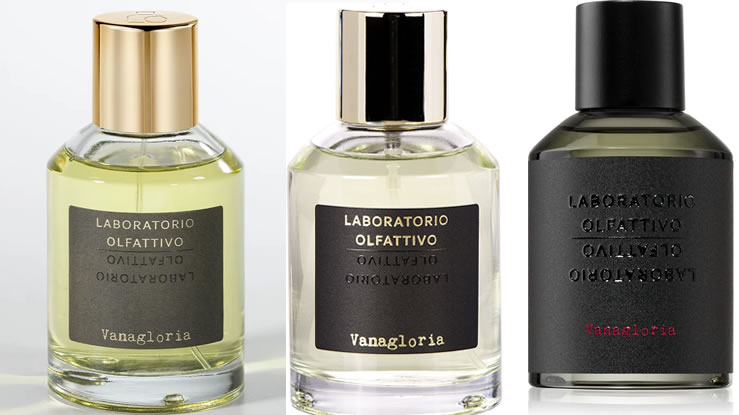Ingrown hairs are the unwanted souvenirs that come with grooming. One day you’re flaunting your freshly shaved legs, bikini line, or beard — and the next, you’re dealing with itchy, red bumps that won’t go away. You’re not alone if you’re tired of battling stubborn ingrown hairs.
Ingrown hairs happen when hair grows back into the skin instead of upward and outward. This causes inflammation, swelling, bumps, and sometimes pus or scarring. While they’re common in areas like the bikini line, legs, underarms, and beard zone, people with curly or coarse hair (especially those with melanin-rich skin) are more prone to them.
But don’t worry — with the right care and a little patience, you can banish them for good. This article will take you through what causes ingrown hairs, how to treat them safely, and the best prevention tips to keep your skin smooth and bump-free.
What Causes Ingrown Hairs?
Before you can fix the problem, you need to understand it. Ingrown hairs are essentially hairs that grow sideways into the skin rather than straight out. This triggers a foreign body reaction — which is why you see redness, swelling, or even pus-filled bumps.
Common Causes:
-
Shaving too closely
-
Using dull razors
-
Waxing or tweezing improperly
-
Clogged hair follicles
-
Tight clothing causing friction
-
Dry skin that traps hairs beneath the surface
-
Naturally curly or coarse hair that coils back into the skin
Step-by-Step: How to Get Rid of an Ingrown Hair
You can get rid of an ingrown hair at home, as long as you follow the right steps and resist the urge to pick or dig at it. Here’s how to treat it safely:
Step 1: Clean the Area Gently
Start by cleansing the area with warm water and a gentle, non-comedogenic cleanser. This helps remove dirt, oil, and bacteria that could make things worse.
🔑 Pro Tip: Use an antibacterial cleanser if the area seems infected or inflamed.
Step 2: Apply a Warm Compress
Soak a clean washcloth in warm water and press it against the ingrown hair for 5–10 minutes. This softens the skin, opens up the pores, and brings the hair closer to the surface.
Repeat 2–3 times daily to encourage the hair to break through.
Step 3: Exfoliate Gently
Once the area is softened, use a mild exfoliant to slough away dead skin cells that might be trapping the hair. Choose from:
-
Chemical exfoliants: Like salicylic acid, glycolic acid, or lactic acid.
-
Physical exfoliants: Like a sugar scrub or exfoliating glove (only if there’s no active inflammation).
⚠️ Avoid harsh scrubs that could irritate or break the skin.
Step 4: Remove the Hair (If Visible)
Only do this if the hair is clearly visible near the surface and you have clean tools. Use sterilized tweezers or a needle to gently lift the hair out — don’t dig or force it.
🚫 Never pluck the hair entirely. Just lift it out of the skin so it can grow properly.
Step 5: Soothe and Protect
After removal or exfoliation, apply a soothing product to calm the skin and prevent infection:
-
Tea tree oil (diluted)
-
Aloe vera gel
-
Witch hazel
-
Hydrocortisone cream (for inflamed bumps)
-
Fragrance-free moisturizer
Step 6: Treat With Topicals (If Needed)
If you’re dealing with painful or recurring ingrown hairs, you can use over-the-counter treatments with:
-
Salicylic acid: Unclogs pores
-
Glycolic acid: Exfoliates and fades dark spots
-
Benzoyl peroxide: Fights bacteria
-
Retinoids: Prevents buildup of dead skin
What Not to Do
Avoid these common mistakes:
-
❌ Do not pop the bump — It can cause scarring and infections.
-
❌ Do not dig with unclean tools — You risk introducing bacteria.
-
❌ Do not shave over an ingrown hair — This worsens the irritation.
-
❌ Do not skip exfoliation if you’re prone to ingrown hairs.
How to Prevent Ingrown Hairs
Prevention is everything when it comes to ingrown hairs. Here’s how to reduce your chances of getting them in the first place:
1. Exfoliate Regularly
Gently exfoliate 2–3 times per week using:
-
Chemical exfoliants (e.g., salicylic or glycolic acid pads)
-
Exfoliating gloves or scrubs (on non-irritated skin)
This keeps dead skin from trapping hairs beneath the surface.
2. Shave Smart
-
Always use a sharp, clean razor.
-
Shave in the direction of hair growth.
-
Use a moisturizing shave gel or cream.
-
Avoid pulling or stretching the skin too tightly.
-
Rinse the blade after every swipe.
💡 Electric razors or clippers (set to low) are often better for those prone to ingrowns.
3. Try Other Hair Removal Methods
If shaving causes too many issues, consider:
-
Depilatory creams (test on a small patch first)
-
Laser hair removal (permanent results for many)
-
Electrolysis
-
Sugaring or professional waxing
4. Moisturize Daily
Keeping skin soft and hydrated reduces dryness and flakiness that trap hairs. Look for:
-
Shea butter
-
Aloe vera
-
Fragrance-free body lotions
5. Wear Loose Clothing
Tight underwear or leggings can rub against freshly shaved skin and worsen irritation. Opt for breathable fabrics and looser fits, especially right after hair removal.
Natural Remedies for Ingrown Hairs
If you prefer a more natural approach, here are some home remedies that many people swear by:
-
Tea tree oil: Antibacterial and soothing (must be diluted)
-
Warm compress with saltwater: Reduces swelling
-
Apple cider vinegar: Mild exfoliant and anti-inflammatory
-
Honey and sugar scrub: Natural exfoliant + antibacterial properties
-
Aloe vera gel: Calms irritated skin
⚠️ Always patch test natural products before applying them to sensitive areas.
Ingrown Hairs and Melanin-Rich Skin
Black and brown skin tones are more likely to develop post-inflammatory hyperpigmentation (PIH) after an ingrown hair. That’s why it’s crucial to avoid picking, popping, or using harsh products.
To prevent dark spots:
-
Use gentle exfoliants
-
Apply vitamin C serum to fade discoloration
-
Choose non-comedogenic moisturizers
-
Use SPF daily — yes, even on darker skin
Best Products for Treating and Preventing Ingrown Hairs
Here are some popular and dermatologist-recommended options:
| Product | Purpose |
|---|---|
| Tend Skin Solution | Calms bumps, exfoliates |
| Paula’s Choice BHA Liquid | Chemical exfoliant |
| The Ordinary Glycolic Acid Toner | Brightens and smooths |
| Kiehl’s Razor Bump Relief | Soothes irritation |
| Shea Moisture African Black Soap | Cleanses and clears skin |
Ingrown hairs can be painful, unsightly, and annoying, but they’re also manageable. With the right care routine, you can treat them safely and prevent them from coming back. Whether you choose natural remedies or dermatologist-backed solutions, the key is gentle care, consistency, and patience.
Remember: don’t pick. Don’t panic. Just follow the steps—your skin will thank you later.
Related Articles
